Light living room ideas – 16 design rules for creating a bright and airy lounge
These light living room ideas will help you turn a once dark and dismal room into an open and welcome space


Light living room ideas should be bright, spacious and welcoming – not dull, dreary or dated.
There are a plethora of sophisticated ways to enhance a light space, so dress your living room with best paint ideas, lighting tips and earthy neutral tones for a space that is airy, inviting and oh so stylish.
Light living room ideas – 16 expert ways to introduce light to your lounge
From using the right paint colors to clever ways to accessorize, these bright, light living room ideas will help you add interest and intrigue – and have you reaching for the paint chart or the light bulb.
1. Light your living room right
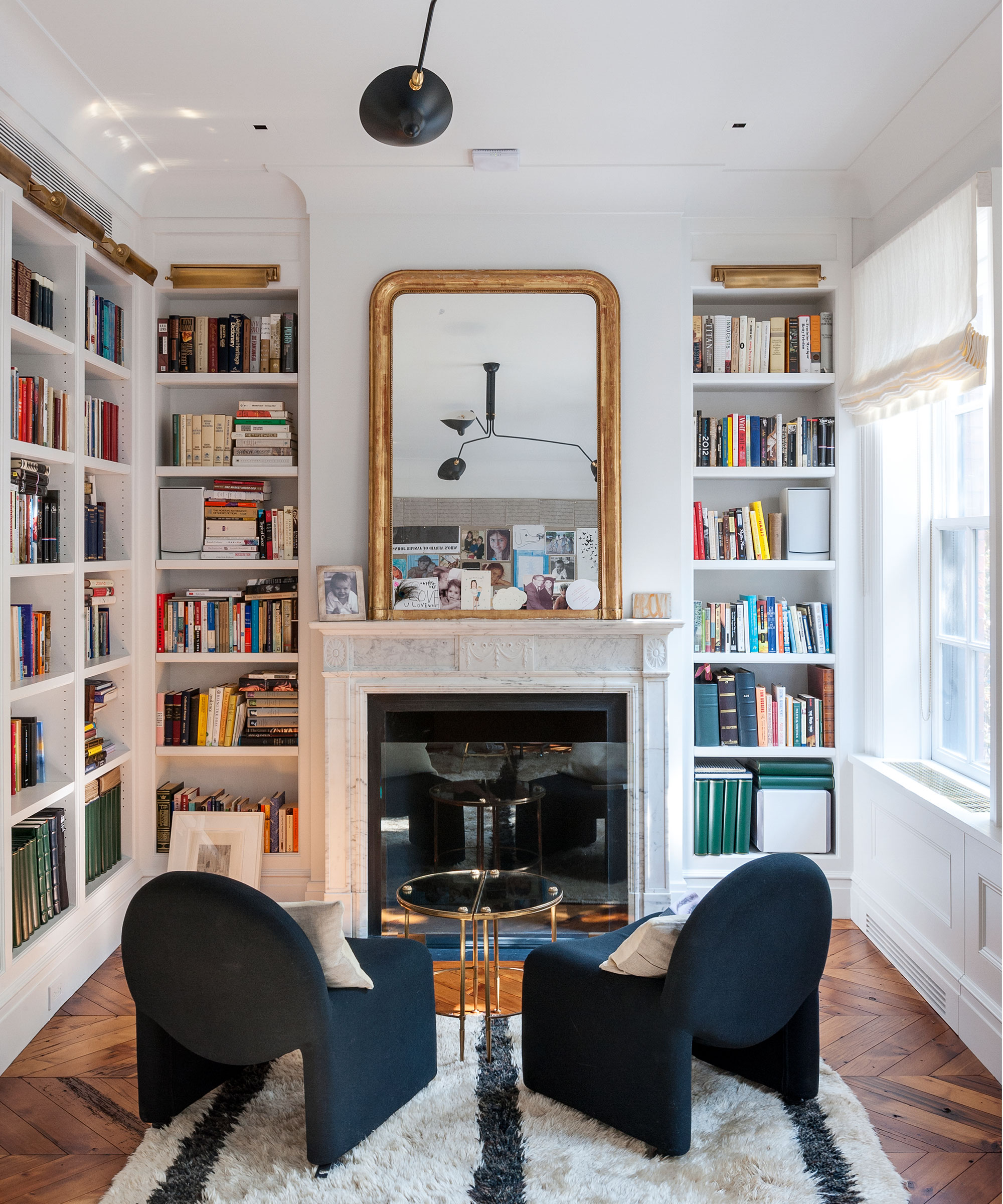
Living room lighting is one of the most important considerations when designing a room scheme.
A common task undertaken in any living room is reading. 'For that, you need shadowless light,’ says Rebecca Weir, creative director at Light IQ. ‘One trick is to get an incredibly slim dedicated reading light to sit directly next to a more decorative table lamp. Plug it in under a sofa in a recessed floor socket so there are no wires trailing across the room.’
2. Consider outside influences
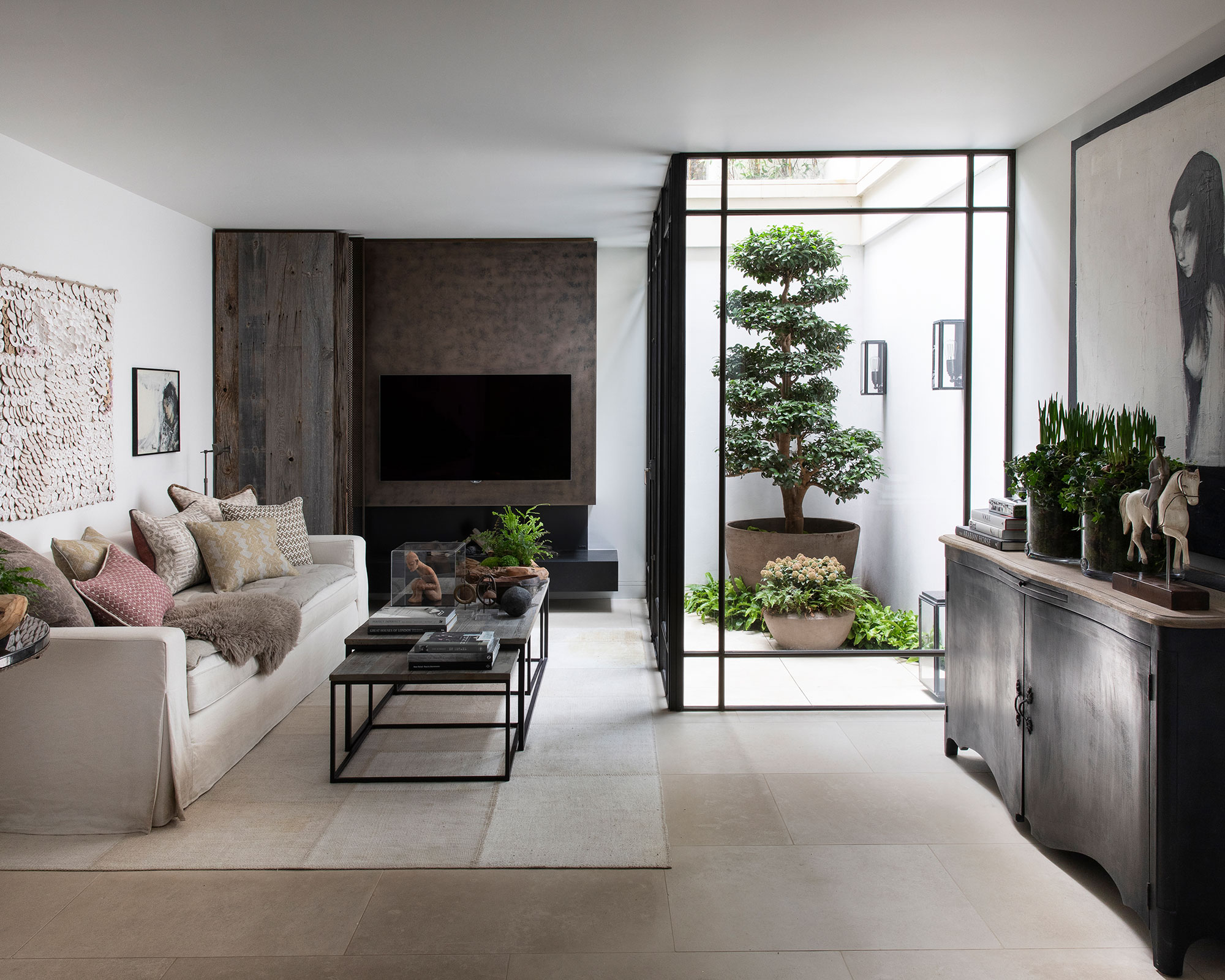
Choosing a living room color scheme is one of the hardest parts of decorating a light living room because we only actually know the true color of something because it’s sitting next to another color.
When you’re thinking about color for your home, you have to first start by standing in the middle of the room and explore what will be around the color – where the light is coming in, the architectural qualities of the room and even what is outside the window. If you have foliage outside which the light has to filter through, that green is going to be cast throughout the room. These considerations will help you understand what the color will read as in the space.
3. Don't just reach for the white paint
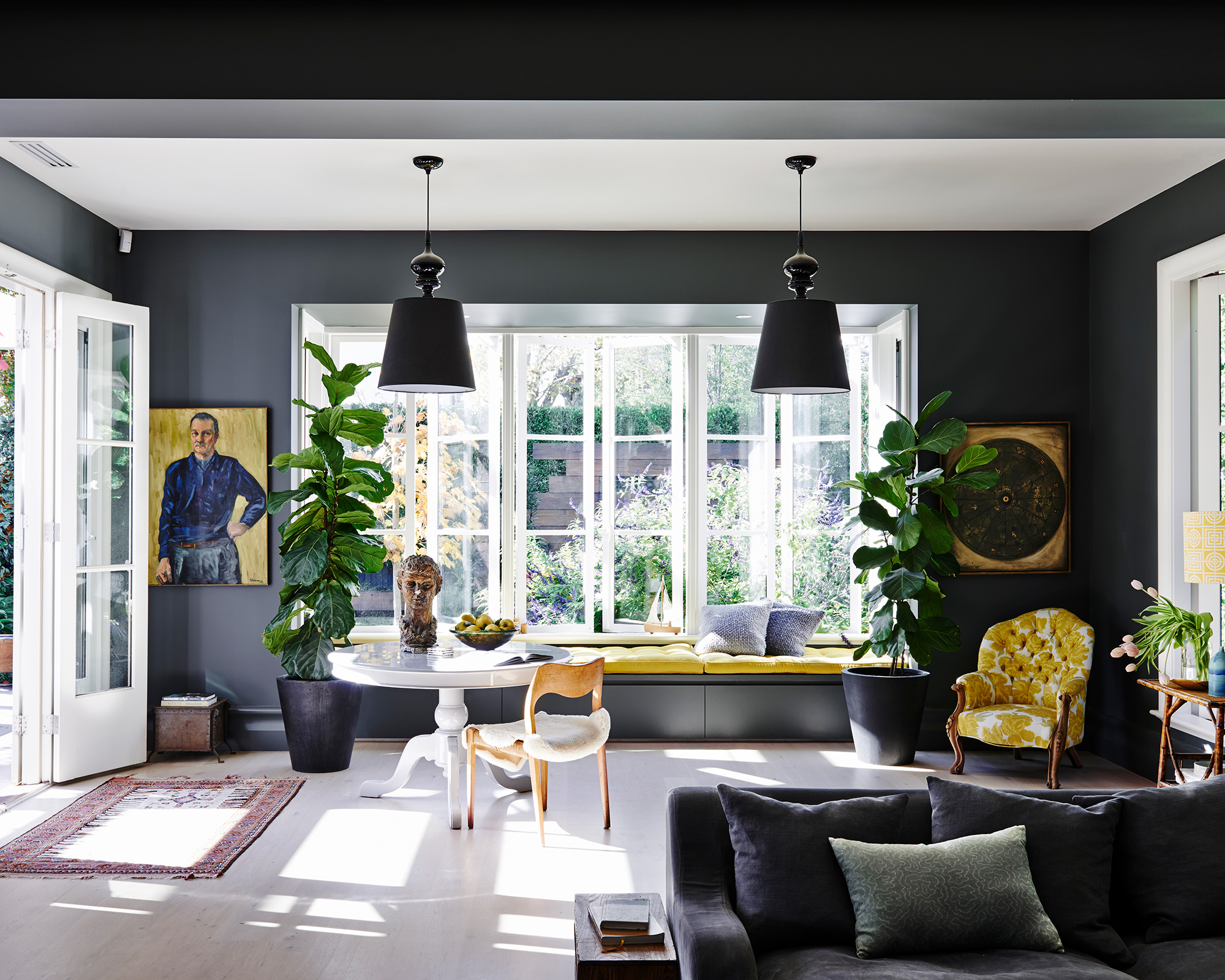
‘The trap that people fall into is that they consider dark living rooms to be wrong – and just paint them white,’ says interior designer Rachel Chudley, Rachel Chudley Studio. ‘I like to lean into the darkness and explore the depths of color,’ she adds. ‘Go for a very deep shade but in a high gloss paint and this will reflect the light around the room.’
4. Create a light-filled space for reading
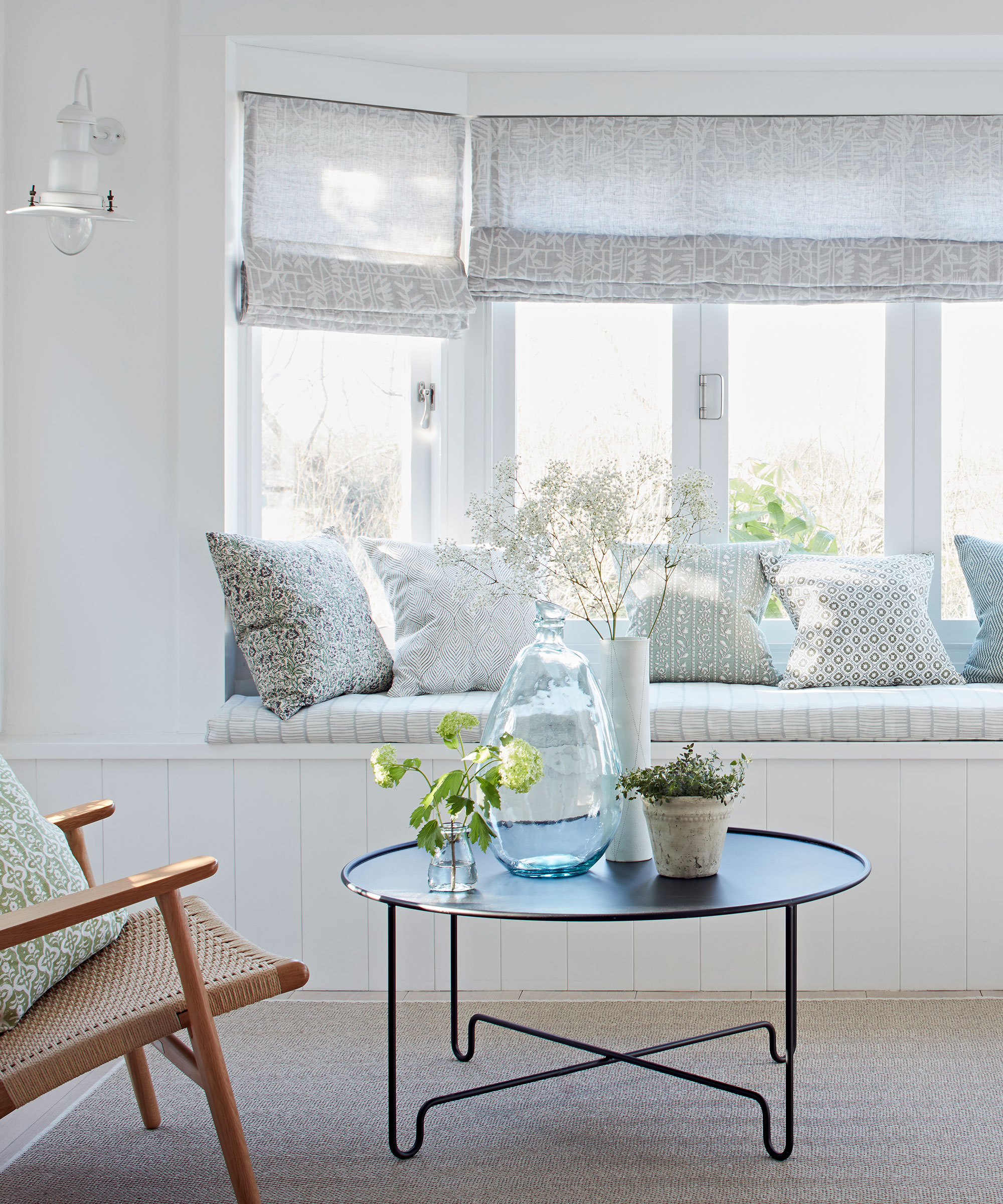
As with other rooms of the house, layers of lighting are essential to set the right mood for a reading space in the living room.
Wall lighting on shelf spines work well as reading lights but consider the height of these when both standing and sitting down, recommends Sally Stephenson of Owl Lighting. ‘You could also put them on the sides of shelves to enhance the living room seating area; they focus pools of lights and encourage spaces to pause.’
When creating a reading nook, a sofa in a bay window or a window seat are ideal spaces as they tend to enjoy plenty of natural daylight, but include a soft, dimmable downlight which can be operated separately from the rest of the room for darker evenings.
5. Use a palette of harmonious hues
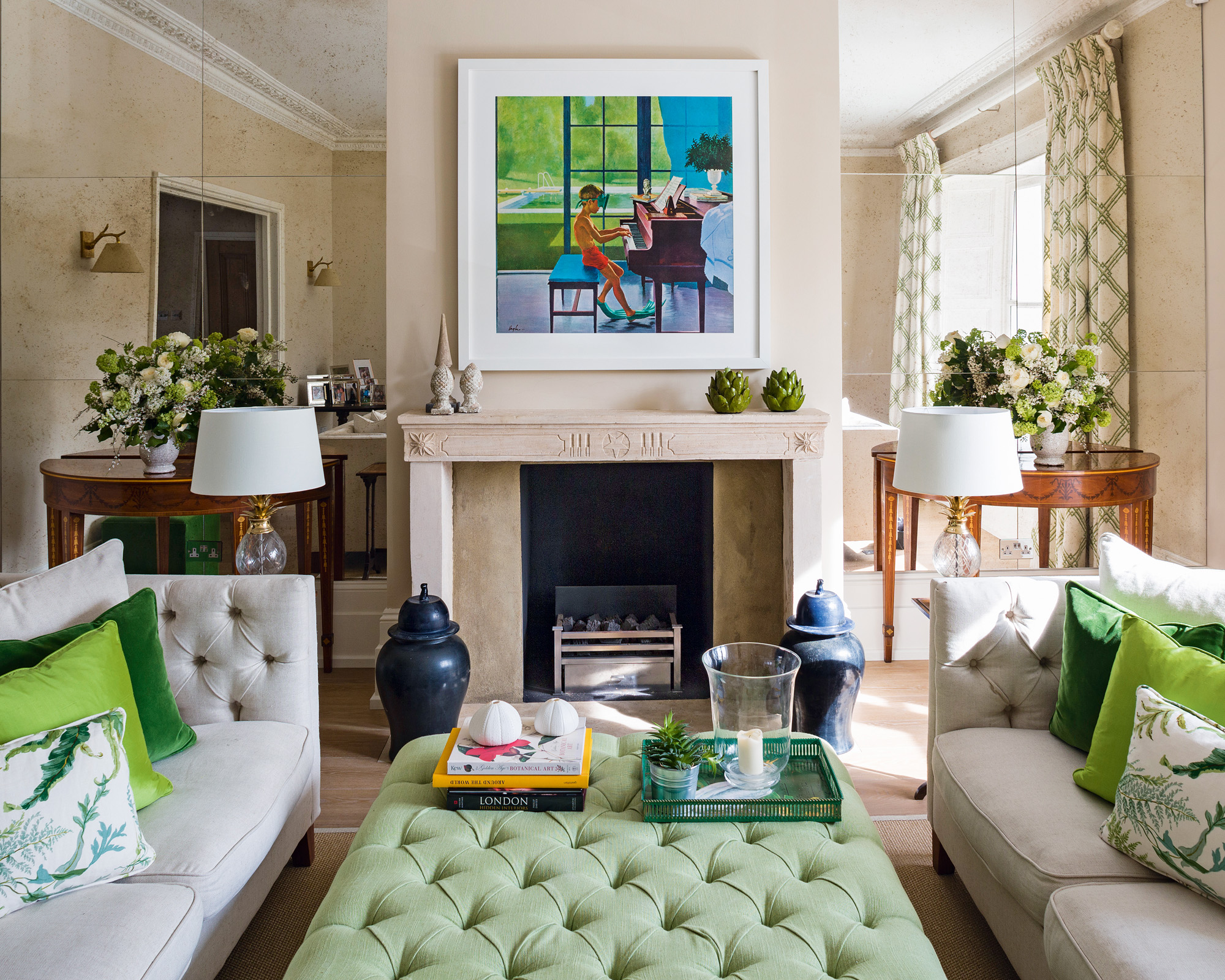
Choosing complementary color combinations is an art form that works beautifully in light living rooms. ‘Pick one color as a foundation – from a favorite artwork, image or piece of clothing – to form the thread that runs through the space,’ says Charlotte Archer, head of brand, Sanderson. ‘Build your palette around this with complementary or tonal shades. My number one rule is: decorate for yourself, not others – choose tones that you love and you won’t go wrong.’
6. Use scale to add instant impact to a light living room
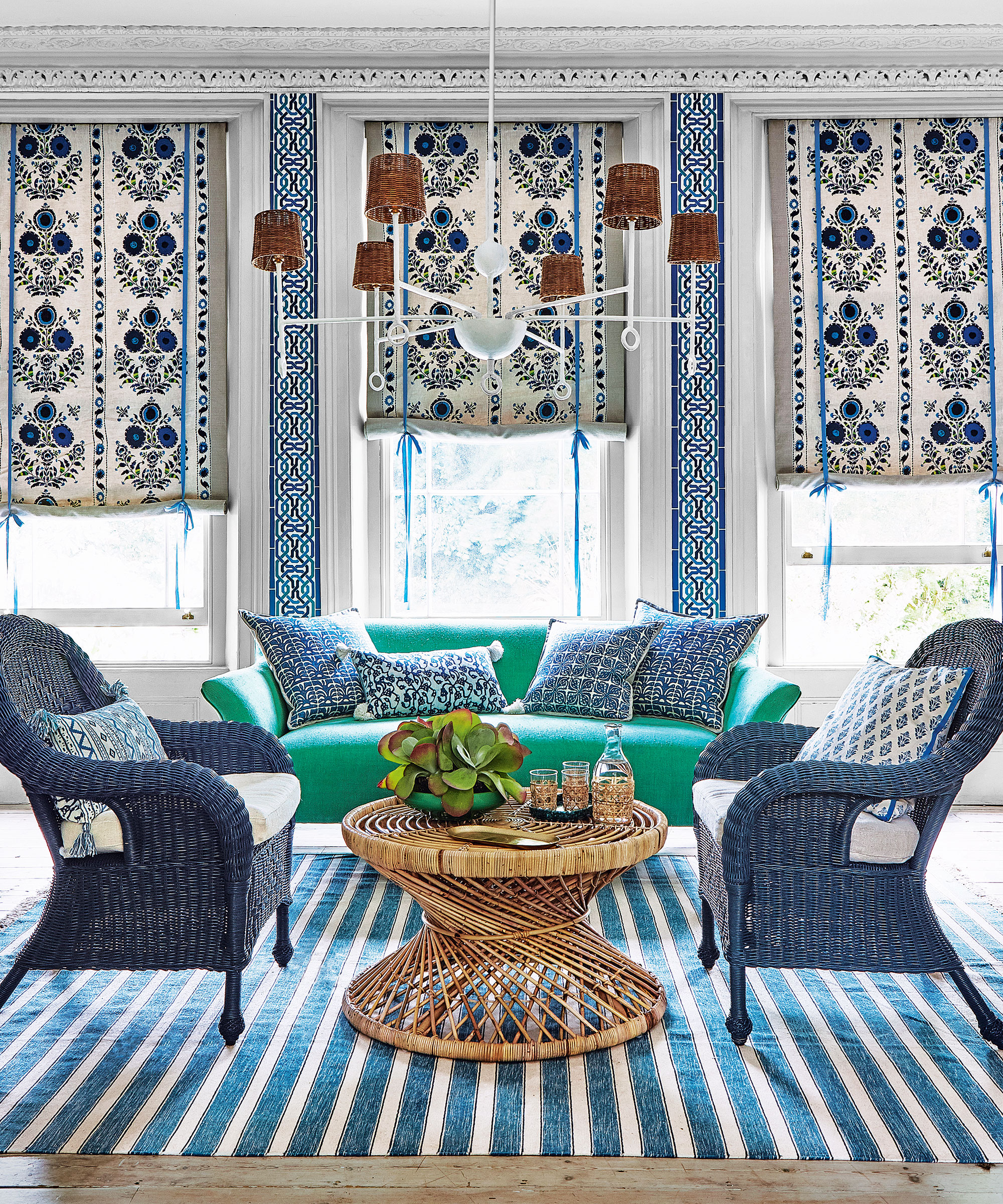
‘Scale in interior design really drives how diverse you can be with color pairings: larger homes can take a looser palette; in smaller homes, it’s best to keep the colors more concise – find three colors that harmonize and use them as a common thread for continuity,’ says Charu Gandhi, founder and director, Elicyon.
‘I enjoy using ivory, egg-yolk yellows with hints of navy, mixed with copper and metal accents. Old rose pink, nude and orangery tones is also a nice palette – the combination of dull shades creates a calm but sumptuous aesthetic. We’re also using pastel lilac with thistle green and soft amber, which gives a pleasing visual sense – perfect for a light living room.’
7. Light up any dark corners
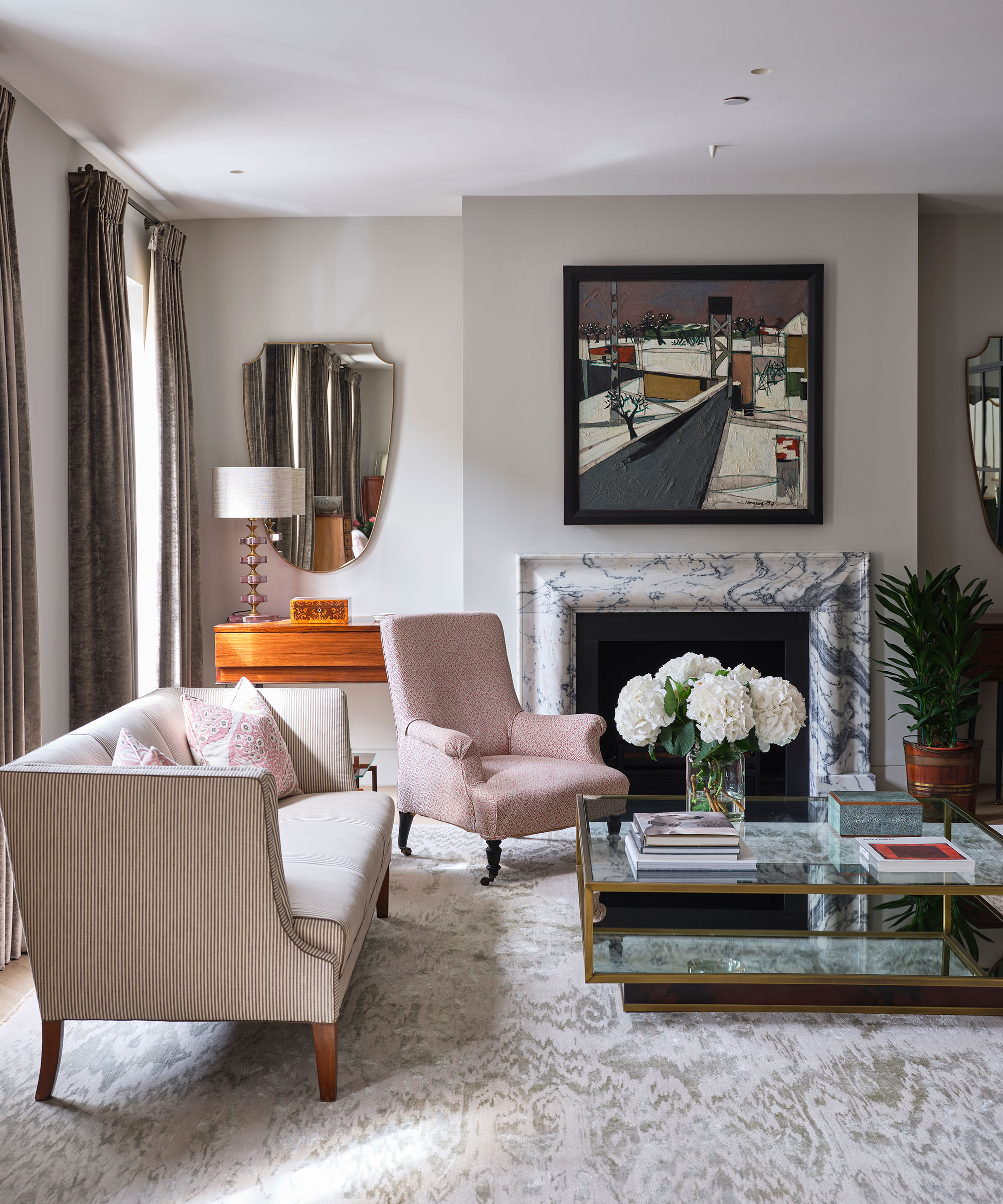
‘Lighting is key to setting atmosphere in a dark or light living room,’ says Penny Morrison, founder at Penny Morrison. ‘I always illuminate rooms with lamps, except where there are very dark areas. Instead, I will put small downlighters in the corners of the room on dimmer switches. These can be used to gently enhance the illusion of daylight on a really dark day.’
‘Even the simplest of schemes can be enriched with a well-placed chandelier,’ says Annabel Astor, OKA co-founder. ‘They add just the right dose of decadence and drama.’
8. Think about how you will use your space
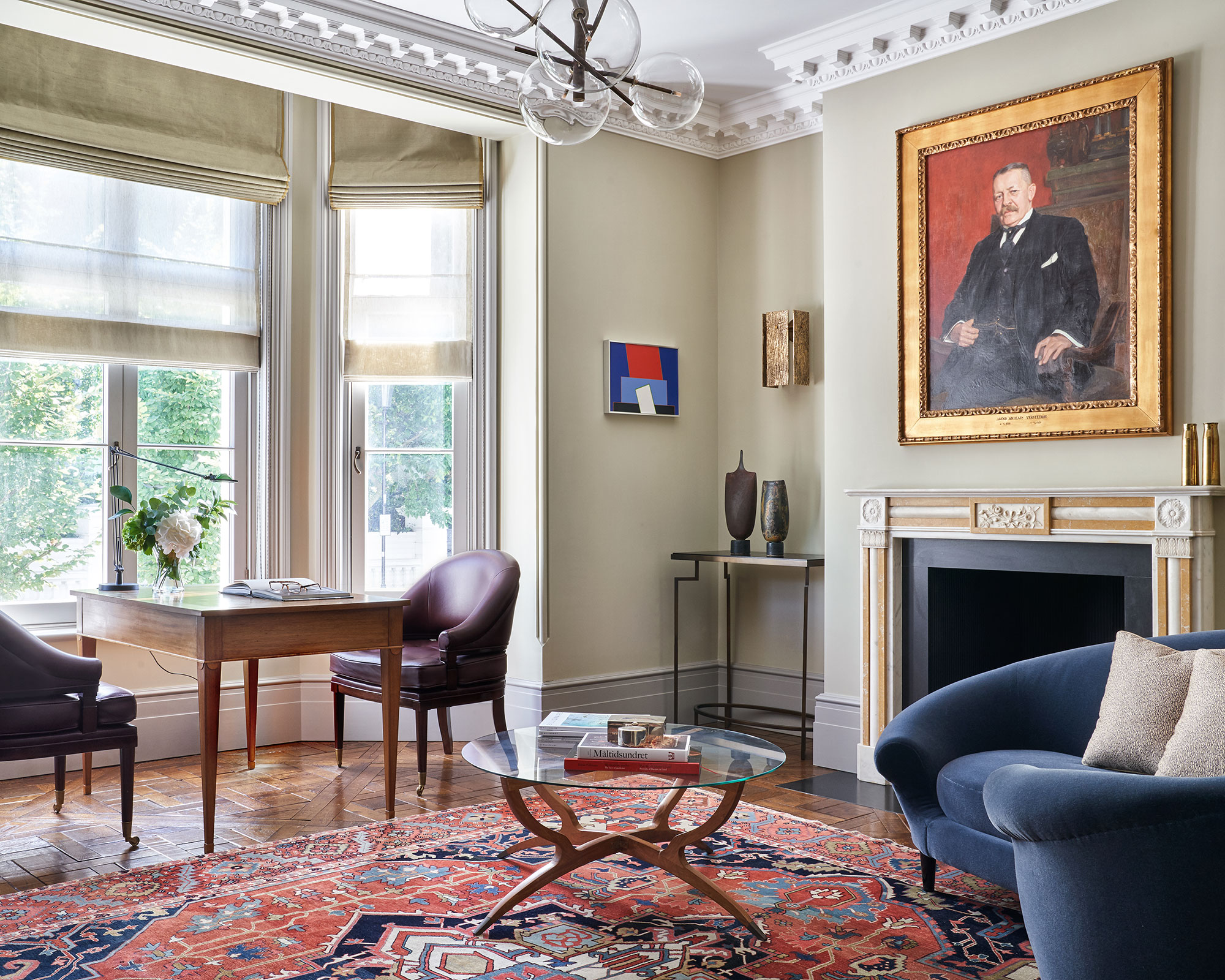
Think about all the different people who will use a light-filled, family living room, including people of varying age ranges. ‘We all like to think a room has plenty of light but as we get older, clarity and sharpness of vision start to be lost,’ says Rebecca Weir. ‘At this point, elements of strong lighting are needed to compensate.’
It’s difficult to consider all the changes in lifestyle and interests that lie ahead so try and imagine a niece and nephew or grandparents coming to stay and all the small, fiddly tasks that might be required – from playing board games to knitting. Finally, where space allows, create a reading or crossword area with a small table and smart desk lamp.
9. Go for neutrals underfoot
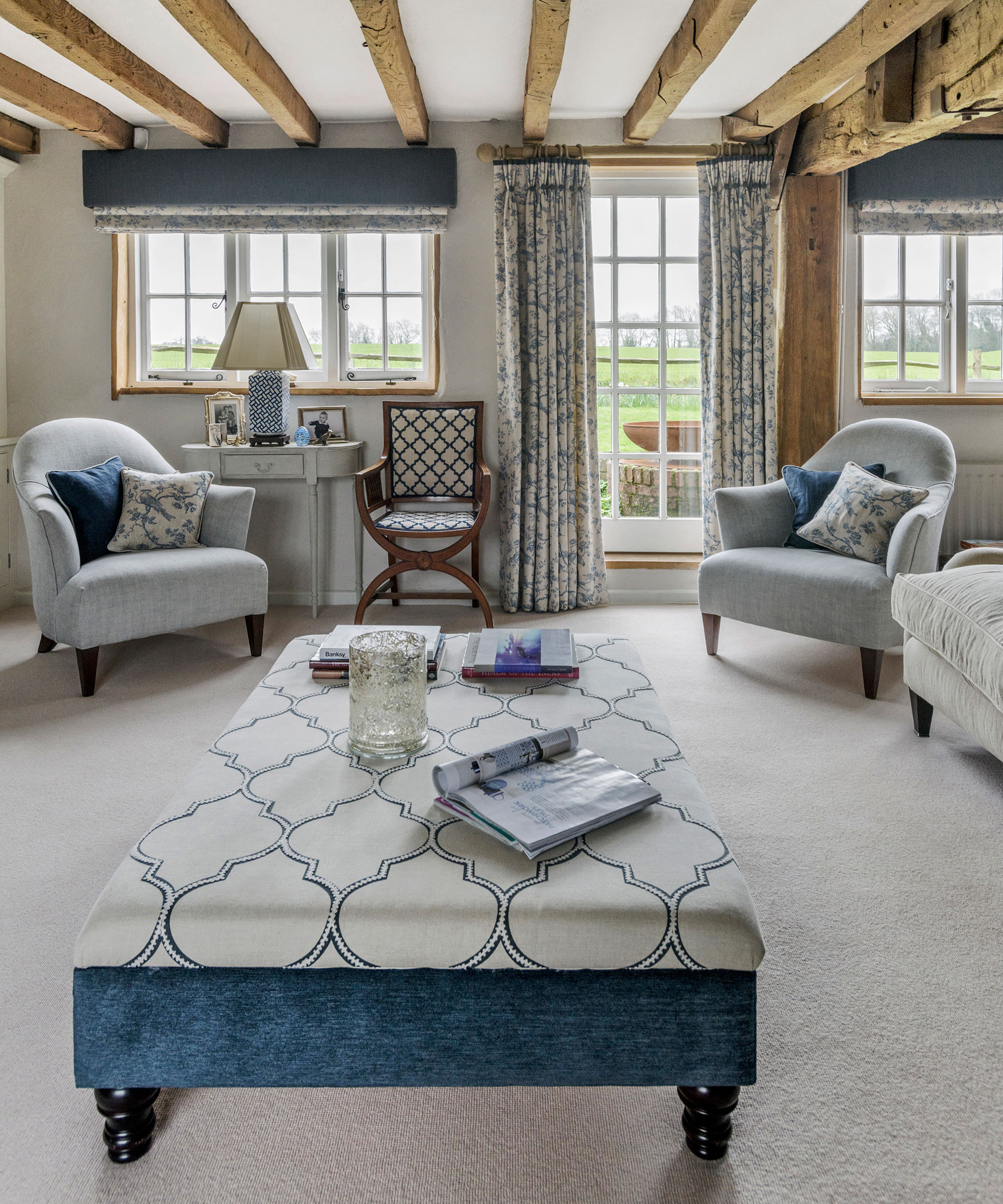
Choosing a living room carpet in a classic base note will bring a sense of calm to your light living space. A neutral shade is a wise investment too, as its versatility and longevity adds value to your property. It will also make co-ordinating the flooring in different rooms a breeze – with a neutral palette, everything goes – enabling you to combine plains and subtle patterns, while keeping a consistent flow throughout the house.
10. Use white in a small living room

Just like any other color, the variation in white tones ranges from cool through to warm. When decorating with white in any room, always buy a range of tester pots and paint large sheets of paper so you can see how they look in different lights throughout the day.
‘If you’re looking to increase the feeling of space in a room by using white, paint all walls and woodwork in the same shade,’ says David Mottershead, managing director, Little Greene. ‘Use it as you would a blank canvas, then add colorful furniture and collectibles.’
11. Maximize light with mirrors
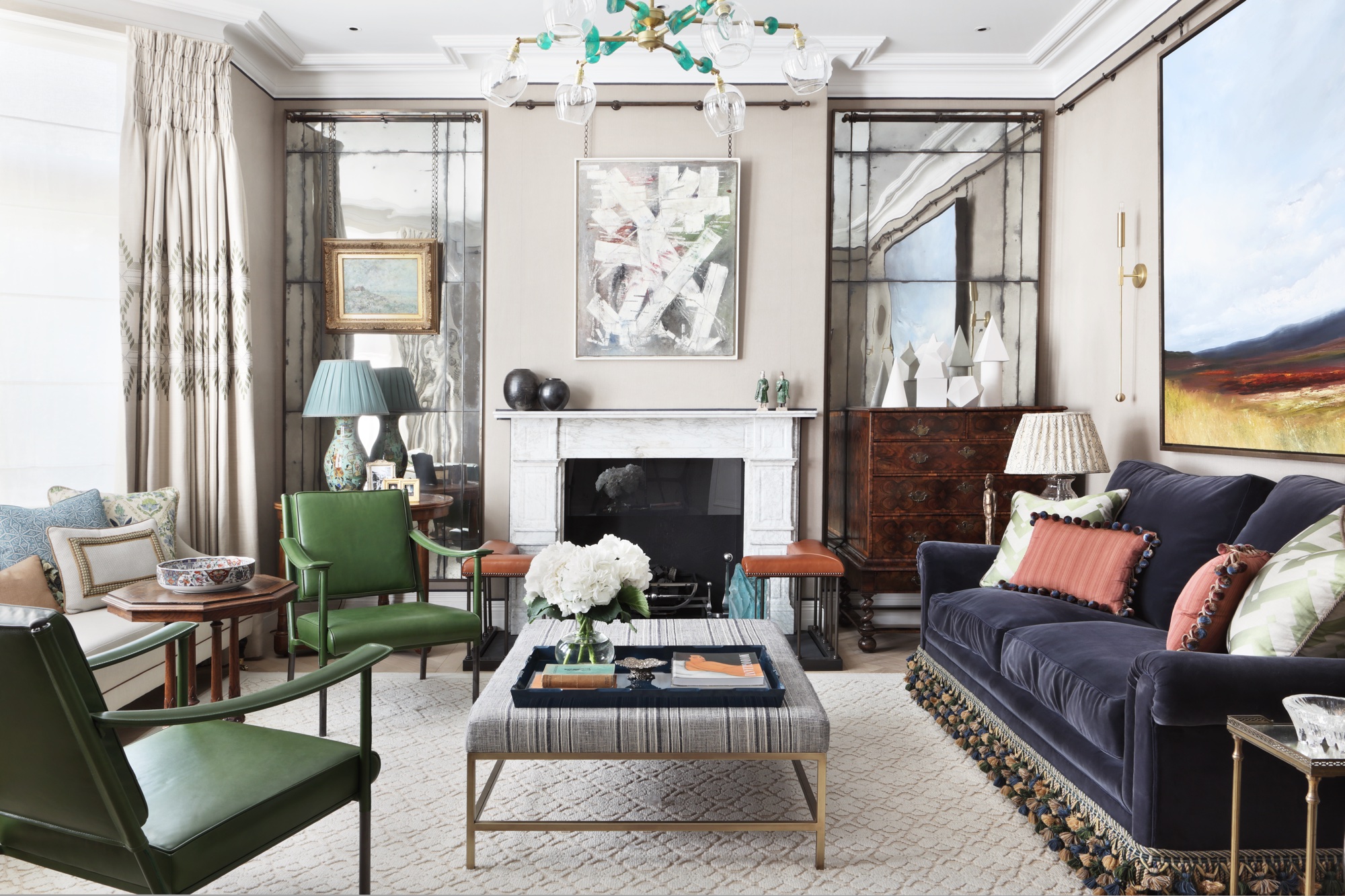
Hanging living room mirrors is a quick and easy way to instantly make rooms feel lighter and more spacious. In this living room by K&H Design, floor to ceiling mirrors have been used in conjunction with clever lighting ideas to create a bright and welcoming feel.
'Previously accessed by a single door, this south west facing sun filled room was seldom used. We created the double full height doors for light flow and better accessibility,' says Katie Glaister, founder of K&H Design. 'The Rupert Bevan slumped mirror fills each fireside alcove. It subtly projects the afternoon sun throughout the room and increases the sense of space.'
The decorative lighting, 'adds to the drama and color in the room and brings together the contemporary and old with the antique chinoiserie lamp. They also create different moods in the room by day and night,' she adds.
12. Consider the shape of furniture
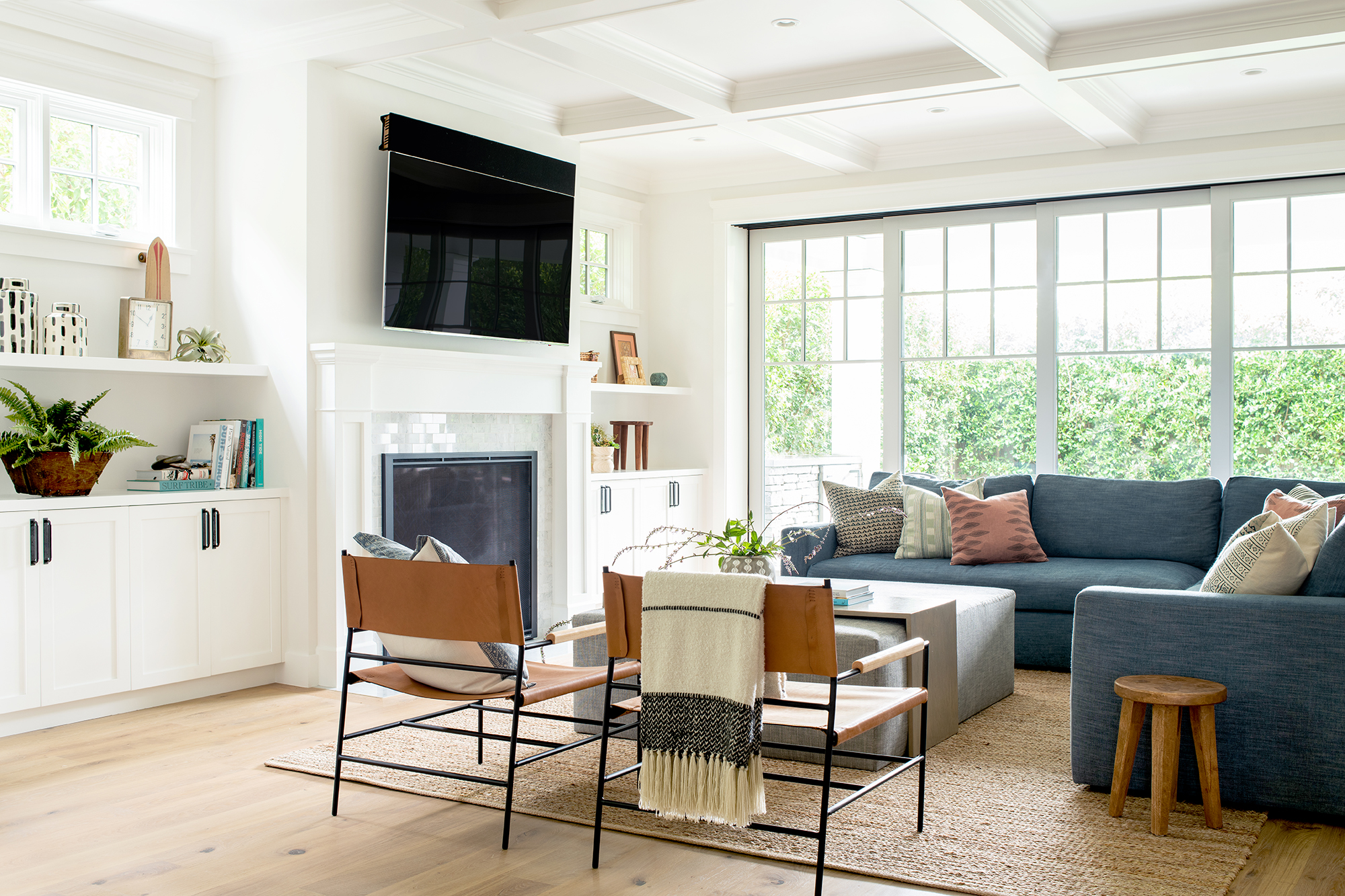
Living room paint ideas are an easy way to brighten a space, but furniture, too, should not be overlooked when thinking about creating a light living room, as it can have a big impact on how a looks and feels.
In this room design by interior designer Kate Lester, clever living room furniture choices help keep the space feeling open and airy. With their simple, open-frame design, these mid-century chairs have a weightless feel and allow light to shine through. Kate Lester also takes care with her upholstery choices preferring more streamlined designs.
'I always defer to the idea of pulling from traditional shapes and concepts, but with a more streamlined approach, like traditional roll arm sofas that are over-scaled and extra-deep and plush. The fabrics are a soft and pre-washed to exude an overall casual and liveable aesthetic even on a more traditional frame.'
13. Choose the right window treatment
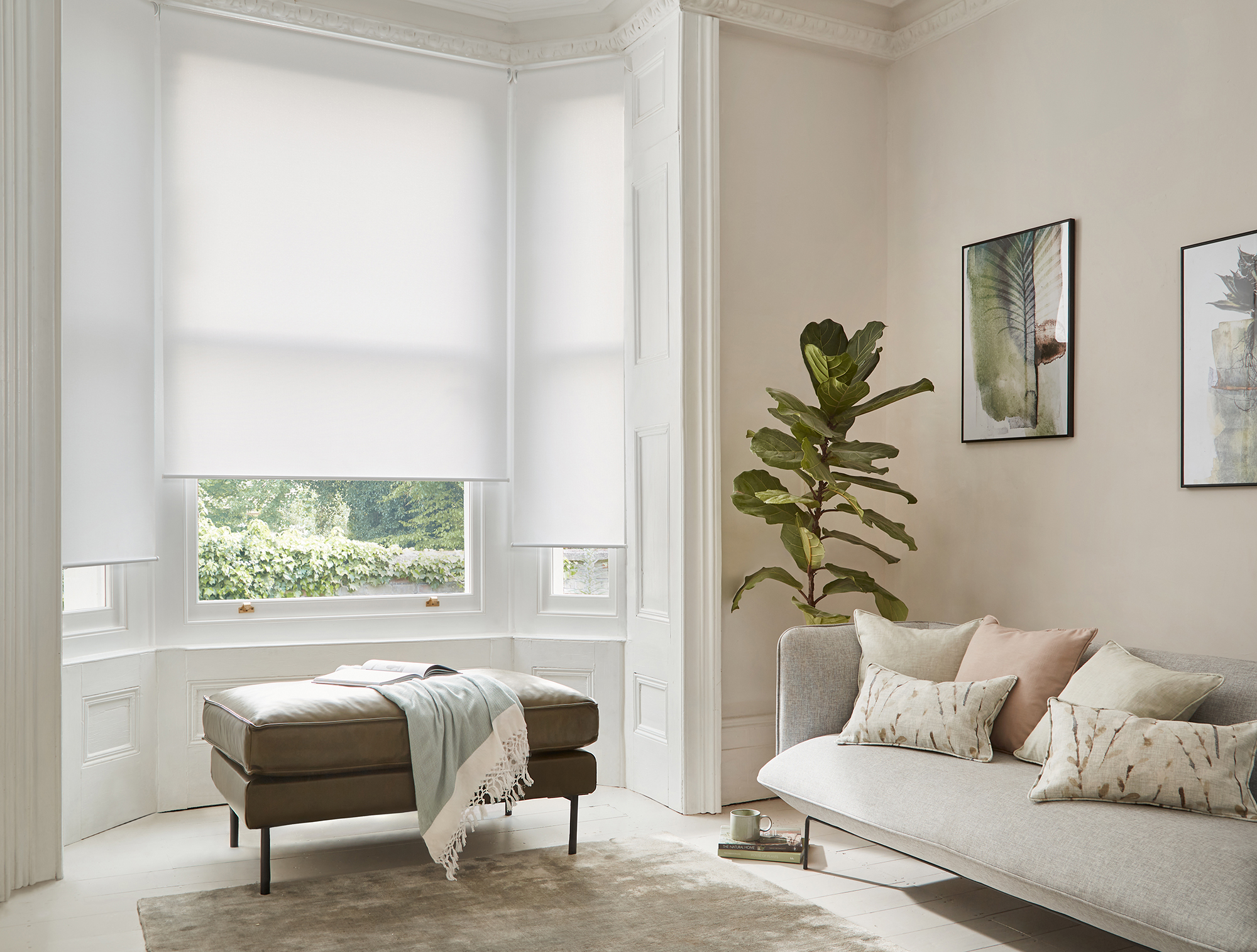
Bay windows are a beautiful architectural feature that flood living rooms with light, but finding the right window treatment for them can be tricky. If you're looking for a way to maintain privacy whilst keeping living rooms light and airy, consider a simple sheer roller blind.
'Bay windows increase the flow of natural light into your home and give you views of the outside that you wouldn’t get with an ordinary window. To emphasise this, pick out a sheer voile roller window blind which will create a lovely ambience by allowing sunlight to gently filter through, whilst providing daytime privacy,' advises Yvonne Keal, senior product manager at Hillarys.
Roller blinds are also perfect for those looking for a sleek and simple living room look as they 'sit neatly within your window recess for a neat and streamlined finish,' adds Yvonne Keal. 'They work well in bay windows as you can fit individual roller blinds to each window pane for flexible control over light and privacy.'
14. Opt for floating shelves
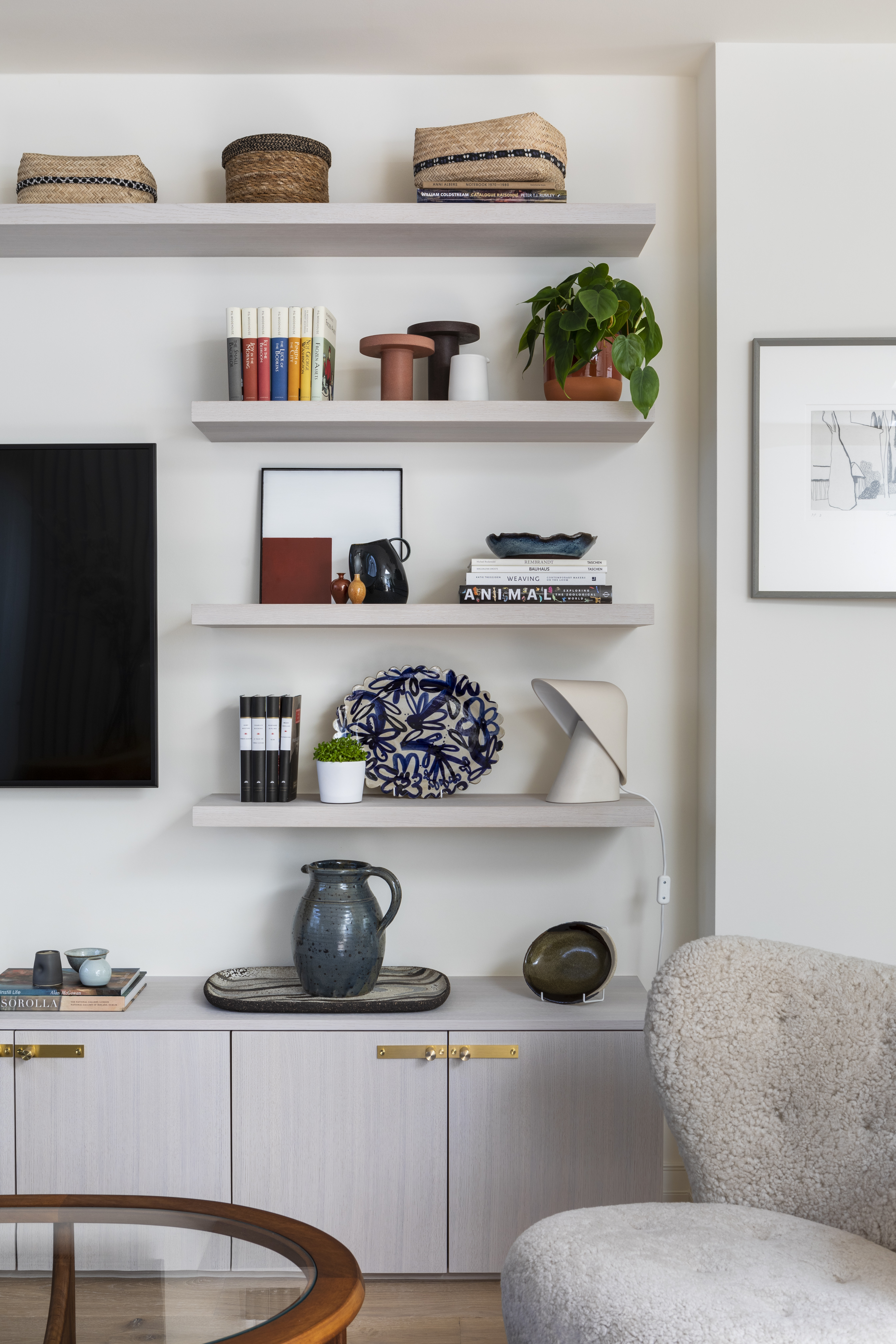
Freestanding or fitted shelving units can be cumbersome, but floating shelves are a brilliant way to create storage and display space while keeping living rooms feeling light and airy.
Fitted to the wall with hidden brackets, they create a clean, streamlined look perfect for minimalist living rooms. They work well behind a sofa where brackets might look messy, but are also effective hung in a series used for display, as pictured in this space by Kitesgrove, as the absence of brackets creates space to lean taller pieces such as framed artworks or artisan plates.
'Floating shelves are an effective design feature to create depth for styling and layering a space with personal objets and decorative items, as well as practical storage,' says Katie Lion, senior interior designer at Kitesgrove.
'To achieve a curated, uncluttered feel, we always recommend investing in some beautiful storage items such as these handmade woven baskets which become part of the display.'
15. Introduce contrasting tones
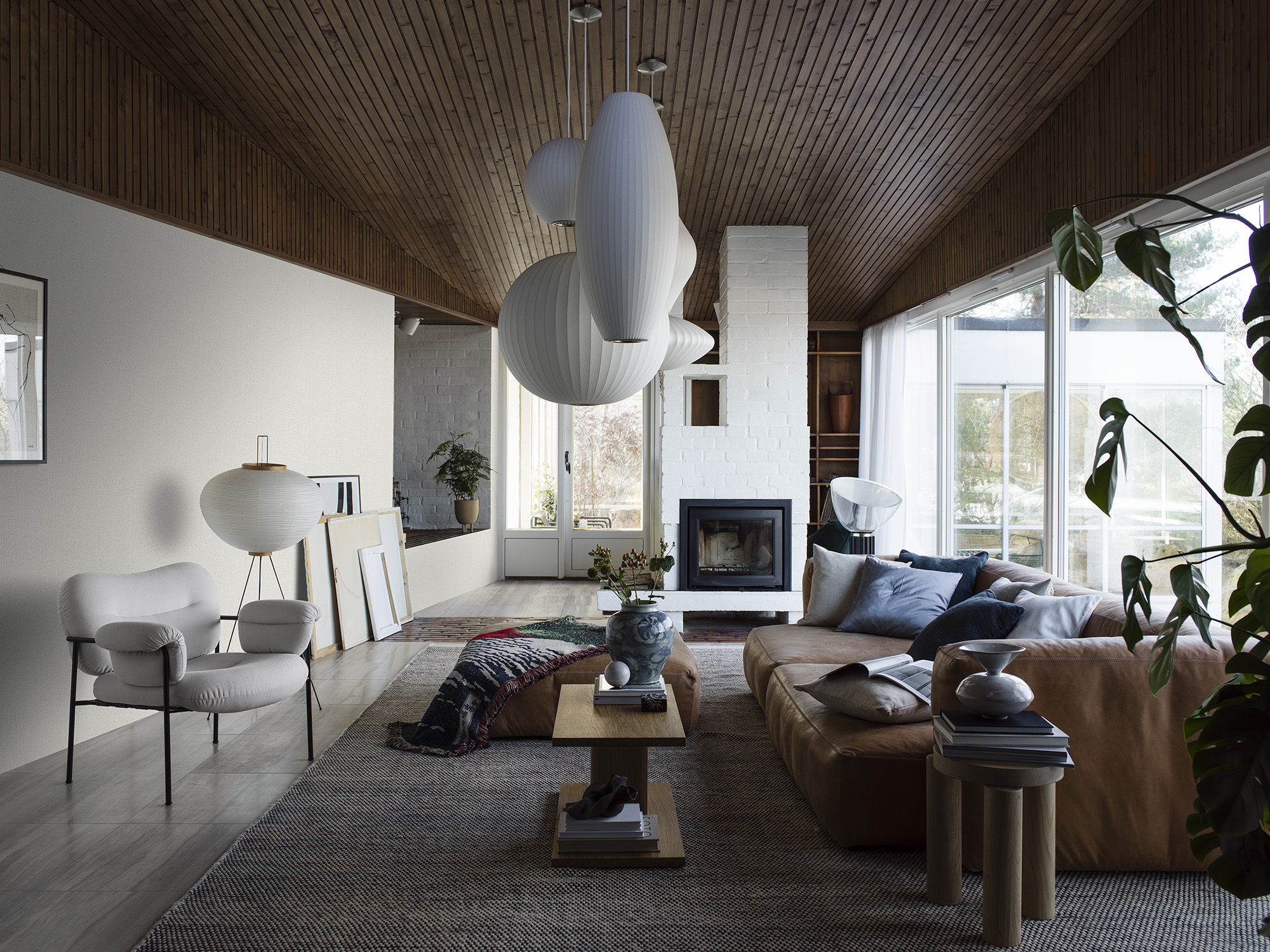
Decorating with white can make rooms feel lighter and larger, however, it can sometimes make spaces feel soulless. The key to getting it right is to use contrasting tones to create rhythm, explains Sissa Sundling, head of design at Boråstapeter.
'To maximize light in a living room, it is all about using contrasting tones to strengthen the light feeling. In this space, if everything was white, it would be hard to read the whole room, it would appear smaller and darker.'
By having the chimney and wallpaper in white, but with the introduction of darker tones through the wood panels and brown sofa, 'the eyes sweep over the hole room, from light to dark, to light, to dark,' says Sissa Sundling. 'The light parts are predominant, so they reinforce each other, in contrast to the browns, making the room appear lighter.'
16. Choose pale upholstery for furniture

As the largest piece in a living room it's important to get the sofa right. If you're lucky enough to have a space bathed in light from large windows, then consider emphasising this by choosing furniture in pale colors – large, bulky pieces may dominate a scheme if covered in dark fabrics.
'In this living space it was easy as there was a wealth a light from three large windows which allowed the light to flood into the room, says interior designer Julia Dempster.
'The neutral palette was key in making the area feel larger as the space was not broken up by large contrasting pieces of furniture. The punctuation was an accent of cool pale grey and most of the large bulky furniture items were off white/natural, so soothing to the eye.'
If you're thinking of having a light sofa as part of an all-white living room scheme, try a loose-cushioned design in a textured fabric to ensure the space remains feeling cosy and layered.
Sign up to the Homes & Gardens newsletter
Design expertise in your inbox – from inspiring decorating ideas and beautiful celebrity homes to practical gardening advice and shopping round-ups.

Jennifer is the Digital Editor at Homes & Gardens. Having worked in the interiors industry for several years in both the US and UK, spanning many publications, she now hones her digital prowess on the 'best interiors website' in the world. Multi-skilled, Jennifer has worked in PR and marketing and occasionally dabbles in the social media, commercial, and the e-commerce space. Over the years, she has written about every area of the home, from compiling houses designed by some of the best interior designers in the world to sourcing celebrity homes, reviewing appliances, and even writing a few news stories or two.
-
 Plants never to grow next to fruit trees
Plants never to grow next to fruit treesExpert advice on which plants to keep away from fruit trees to encourage a healthy harvest
By Jacky Parker Published
-
 Martha Stewart's tips for arranging daffodils are unbelievably simple and effective – it's the only flower advice you need this springtime
Martha Stewart's tips for arranging daffodils are unbelievably simple and effective – it's the only flower advice you need this springtimeMartha shows us that we can create gorgeous bouquets of this seasonal flower by simply trimming the stems and placing them in specific vases
By Hannah Ziegler Published